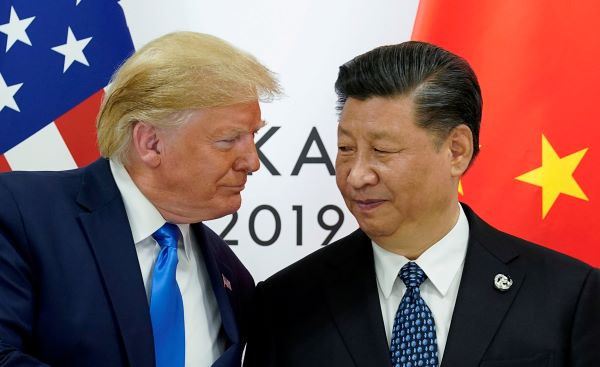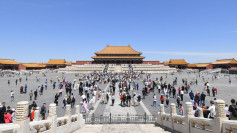President Donald Trump said Wednesday that tariffs on Chinese goods would remain high, even after the U.S. and China concluded two days of negotiations aimed at restoring a fragile trade truce. The president, writing on Truth Social, stated, "We are getting a total of 55% of tariffs, China is getting 10%," though he did not elaborate on how the figures were calculated.
Trump also claimed that China would supply rare earth minerals and magnets "up front," a central point of contention in recent trade talks. A White House official clarified that the 55% reflects both pre-existing duties and new tariffs imposed this year, totaling 30% in 2025 alone.
The high-level negotiations, which took place in London, were led on the U.S. side by Commerce Secretary Howard Lutnick and U.S. Trade Representative Jamieson Greer. Lutnick told reporters Tuesday evening, "We have reached a framework to implement the Geneva consensus and the call between the two presidents." He described the outcome as a "handshake for a framework," but provided no further detail.
Despite Trump's post asserting cooperation with Chinese President Xi Jinping to "open up China to American Trade," U.S. officials did not announce any new market access terms. Greer confirmed that no additional meetings were planned, and the framework document was not released.
The talks followed accusations from both governments of breaching an earlier Geneva agreement that had led to a 115% mutual reduction in tariffs. The U.S. had pressed Beijing to lift export restrictions on rare earth materials used in electric vehicle batteries and other advanced technologies. Officials said the pace of compliance had been slower than expected.
Markets greeted the news with skepticism. Chinese stock indexes rose modestly, with the CSI 300 climbing to near three-week highs, while U.S. stock futures were slightly lower. The dollar edged up, while the Chinese yuan remained steady.
Chris Weston, head of research at Australian brokerage Pepperstone, said, "The devil will be in the details but the lack of reaction suggests this outcome was fully expected." Mark Dong, co-founder of Minority Asset Management in Hong Kong, called it "positive news," emphasizing that "at least now there's a bottom line that neither side is willing to cross."
The S&P 500 index has rebounded 6.5% since Trump's "Liberation Day" tariff announcement on April 2, which initially sent markets tumbling. Chinese equities, while lagging, have also recovered to early April levels despite persistent fears about deflation and weak domestic demand.
Still, analysts warn that long-term damage from the trade war could continue to weigh on the global economy. "If any major deal is reached, we could see stocks rally in response, but my sense is that's more emotion at this point," said Phillip Wool, chief research officer at Rayliant Global Advisors. "The euphoria could be short-lived as new risks materialize."
The U.S. economy has shown signs of strain from the prolonged tariff standoff, with inflation uncertainty, fragile consumer sentiment, and a dollar that has fallen more than 8% against major currencies this year. China, meanwhile, faces mounting pressure as deflation and trade volatility hit exports and industrial output.






